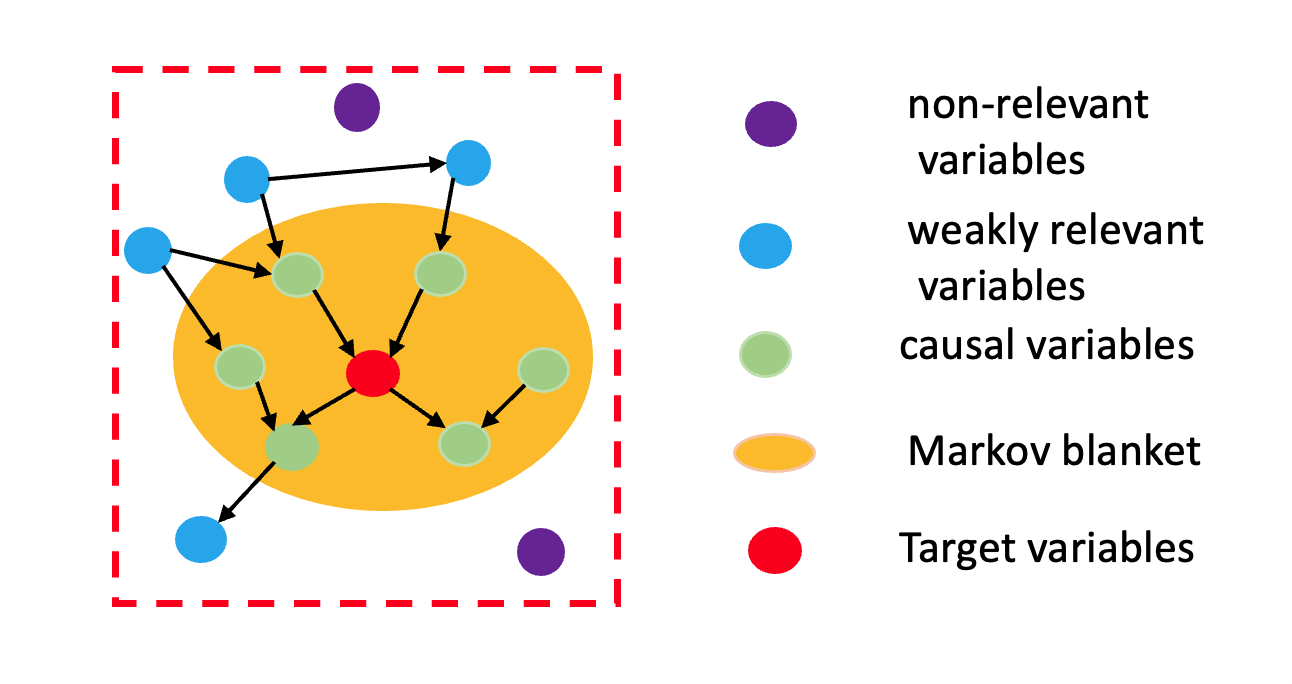Tracking the green coke production when co-processing lipids at a commercial fluid catalytic cracker (FCC): combining isotope 14C and causal discovery analysis
Sustainable Energy & Fuels,
Jianping Su, Liang Cao, Gary Lee, Bhushan Gopaluni, Lim C. Siang, Yankai Cao, Susan van Dyk, Robert Pinchuk, Jack Saddler
[PDF]
Abstract
Co-processing biogenic feedstocks allows oil refiners to use their infrastructure while reducing the carbon intensity of the fuels they produce. Although policies such as British Columbia and California's low carbon fuel standards have incentivized refiners to make these lower carbon intensity fuels, tracking the “green molecules” has proven to be challenging, particularly if the biogenic feedstocks are inserted at the fluid catalytic cracker. Various models based on commercial fluid catalytic cracker co-processing data were used to predict the green component (the renewable part) of combusted coke with these values compared to the results obtained using 14C analysis. As the complexity and cost of sampling the flue gas made frequent testing impractical, a model that could better predict the renewable content of the fuels was developed. A combination of process data assessment and causal discovery significantly minimized prediction errors and provided a more robust model. This approach, combined with regular 14C validation, is the most practical way to quantify the renewable content of the fuels when following a co-procesing regime and will likely be needed by both refiners and policymakers.
Read or Download: PDF
